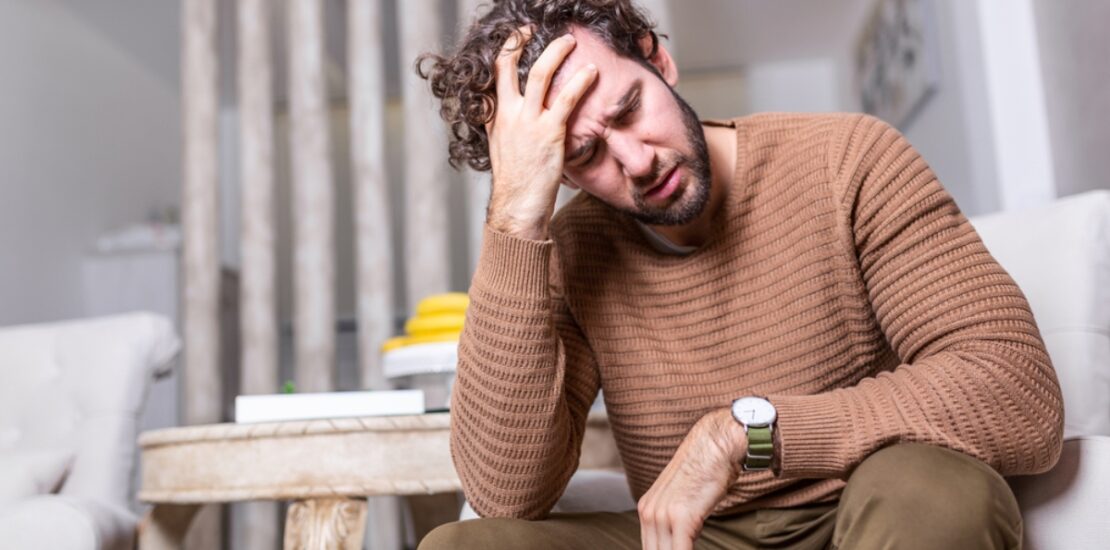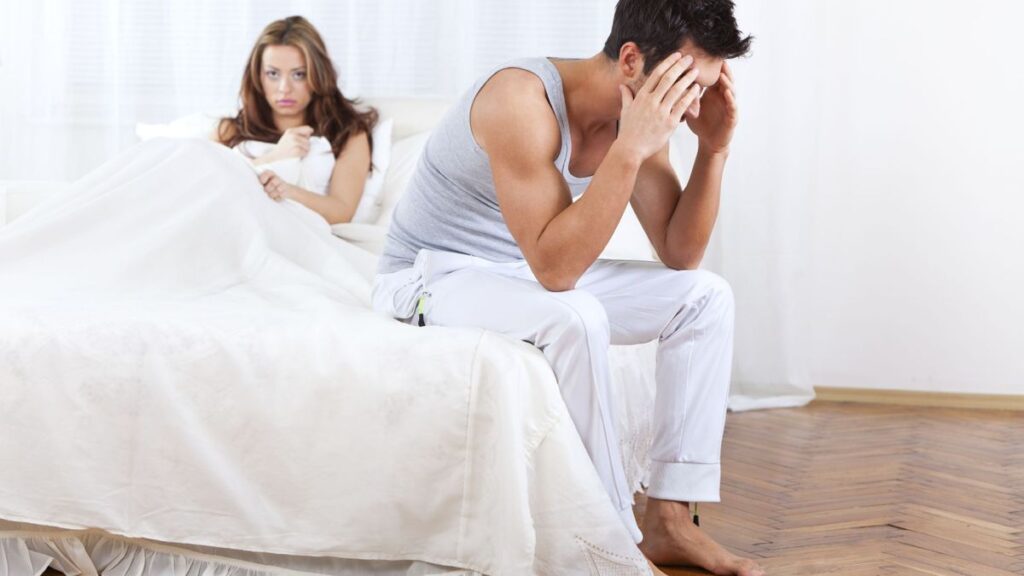- September 13, 2024
- Posted by: Henry Wixdek
- Category: Health

Low testosterone is a condition that affects both men and women but is most commonly discussed in relation to men. Testosterone is a hormone responsible for regulating many vital bodily functions, including muscle mass, bone density, mood, and energy levels. When testosterone levels drop too low, it can have a significant impact on overall health and well-being.
In this article, we will explore the causes and symptoms of low testosterone, focusing on how it affects men, women, and even young males. We’ll also cover treatment options and how you can recognise the signs of this condition.
What is Low Testosterone?
Testosterone is a hormone primarily produced in the testes for men and the ovaries for women. In men, it plays a crucial role in the development of male physical characteristics such as facial hair, a deep voice, and muscle mass. Women produce testosterone as well, but in smaller amounts, and it contributes to their overall health by regulating mood, energy, and sex drive.
Low testosterone, or “low T,” occurs when the body doesn’t produce enough of this important hormone. In men, levels typically decline with age, but younger males and women can also experience this condition.

Symptoms of Low Testosterone
Low testosterone symptoms can vary depending on age and gender. Below, we break down the common signs for men, women, and younger males.
Symptoms of Low Testosterone in Men
When testosterone levels drop, men can experience a variety of symptoms. Some signs of low testosterone in men include:
- Fatigue and reduced energy levels
- Decreased muscle mass and strength
- Weight gain, particularly around the abdomen
- Low sex drive and erectile dysfunction
- Mood swings, irritability, and even depression
- Loss of body hair
- Difficulty concentrating or memory problems
- Changes in sleep patterns
One of the more visible signs is a change in low testosterone face features, which may include thinner skin and loss of jawline definition. Hair loss is another common issue, as testosterone is responsible for hair growth, leading many to ask, “Does low testosterone cause hair loss?” The answer is yes, in many cases.
Symptoms of Low Testosterone in Women
Though less common, low testosterone in women can have a significant impact on health. Women may experience:
- Fatigue and low energy
- Reduced libido or difficulty achieving sexual satisfaction
- Mood changes, including feelings of depression
- Reduced muscle strength
- Weight gain
Low testosterone symptoms in women are often harder to identify because they overlap with other conditions, such as menopause. Women experiencing symptoms like these should consult their healthcare provider for proper testing.
Symptoms of Low Testosterone in Young Males
For younger males, low testosterone is less common but can still occur due to various factors. What causes low testosterone in young males? Conditions like pituitary disorders, genetic issues, or even lifestyle factors can contribute.
Symptoms of low testosterone in young males include:
- Delayed puberty or lack of development of secondary sexual characteristics (like facial hair)
- Difficulty gaining muscle or body mass
- Fatigue and mood disturbances
- Low sex drive
If a young male exhibits any of these signs, it’s crucial to seek medical advice, as early intervention can significantly improve quality of life.
Causes of Low Testosterone
There are several factors that can contribute to what causes low testosterone in both men and women. Some of the most common include:
1. Ageing
Testosterone levels naturally decrease with age. Most men will see their testosterone decline by about 2% per year after the age of 30. This slow decline may not result in immediate symptoms, but by the time men reach their 50s or 60s, symptoms of low testosterone in men often become more pronounced.
2. Medical Conditions
Certain health conditions can lead to low testosterone. These include:
- Diabetes
- Obesity
- Kidney disease
- Sleep apnoea
- Pituitary gland disorders
3. Injury or Trauma
Injuries to the testicles or ovaries can disrupt the production of testosterone, leading to low levels. Additionally, some cancer treatments, such as chemotherapy or radiation, can damage the glands responsible for hormone production.
4. Medications
Some medications, including steroids and certain pain relievers, can suppress testosterone production. Men and women on long-term medications should consult with their doctors if they begin to experience symptoms of low testosterone.
5. Lifestyle Factors
Poor lifestyle choices, including lack of exercise, excessive alcohol consumption, and high-stress levels, can contribute to a reduction in testosterone production. Diets high in processed foods and low in nutrients may also play a role.

Treatment for Low Testosterone
If you’re experiencing low testosterone symptoms, there are treatment options available. Treatments can vary depending on the cause and severity of the condition.
1. Testosterone Replacement Therapy (TRT)
TRT is a common treatment for men experiencing significant testosterone decline. It can be administered through injections, patches, or gels. Popular medications like Androgel and Testoheal Gel are commonly prescribed to help maintain testosterone levels.
2. Lifestyle Changes
For many, simple lifestyle adjustments can improve testosterone levels. These include:
- Regular exercise, especially strength training
- A balanced diet rich in vitamins and minerals
- Managing stress levels
- Ensuring adequate sleep
3. Medical Interventions
In some cases, addressing underlying medical conditions like obesity, diabetes, or sleep apnoea can help restore testosterone levels to a healthier range.
How to Know If You Have Low Testosterone
If you’re concerned about how to know if you have low testosterone, the best course of action is to visit your healthcare provider. A simple blood test can measure testosterone levels and help determine if they fall within the normal range. Your doctor may also consider your symptoms and medical history when diagnosing low testosterone.
For women wondering how to tell if you have low testosterone, the process is the same. Women can also benefit from testosterone replacement therapy, though usually at much lower doses than men, such as low dose testosterone for females.
Conclusion
Low testosterone can affect both men and women in various ways, from physical changes to emotional well-being. Recognising the symptoms of low testosterone and understanding the causes can help you take control of your health. If you suspect you have low testosterone, seek professional advice to explore treatment options such as TRT, lifestyle changes, or addressing underlying conditions.
At Australian Pharmacy, we provide trusted treatments like Androgel and Testoheal Gel to help you manage your testosterone levels safely and effectively.
For more information or to speak with a healthcare professional, contact us today:
Phone: (+61) 480 027 921
Email: [email protected]
